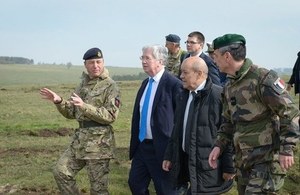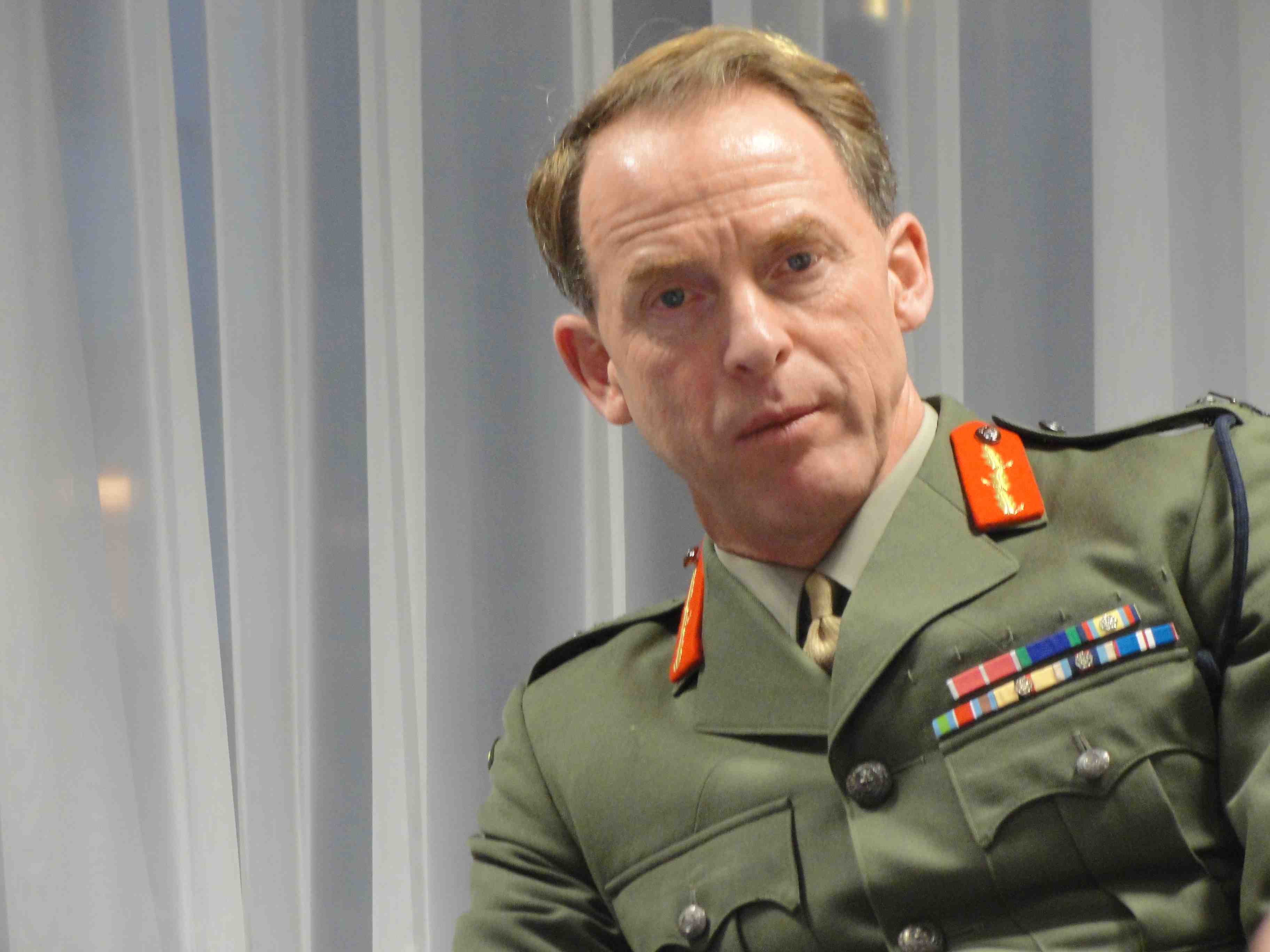The Franco-British force of the CJEF validated, ready for external operations

(B2) The exercise which is currently ending in the UK should not be overlooked. Called Griffin Strike, it constitutes the ultimate point of thea Common Expeditionary Force (CJEF).
Final proof of concept
After a whole series of exercises by the different components: Flanders in 2011, Corsican Lion in 2012, Joint Warrior / Able Eagle in 2013, Rochambeau in 2014 and the staff exercise Griffin Rise in 2015, we moved on to an ultimate stage: the exercise of synthesis which makes it possible to ensure the " full proof of concept of the CJEF. We " goes from concept to reality ” we explain across the Channel. It is " a major outcome of the Lancaster House Treaty “, we swear on both sides of the Channel.
A force of 5000 men
The Corps will include 5000 soldiers, from the two French and British armies, capable of projecting together in external operations, with land, naval and air elements and a joint headquarters, capable of planning and executing the operation.
Integrated forces
The ambition of this exercise is thus to test the integration of forces. On the air side, the French Rafale fighter planes of the 1/7 Provence fighter squadron and the 2/30 Normandie-Niemen fighter regiment and the English Typhoons operated from the same RAF air base, located in Leeming in North Yorkshire.
While British ships HMS Ocean, Bulwark and Duncan sailed side by side off the south and west coast of England with their French BPC counterparts Dixmude, anti-aircraft frigates Cassard and anti-submarine La Motte Piquet.
On Salisbury Plain, these are paratroopers, armored and infantry units of the 3rd Division (UK) and the 7th Mechanized Brigade (BM) who thus found themselves together.
A force available to both NATO and the EU
Now, it remains to go into practice, and see how and when this CJEF will be used in the field. A force that can be available " for NATO (like) EU (*), UN or coalition operations” they say in London.
(Nicolas Gros-Verheyde)
(*) If the United Kingdom chooses the Brexit route, this possibility of service with the EU seems compromised. London will have to sign a CSDP participation agreement with the European Union. Which would be anachronistic to say the least...


